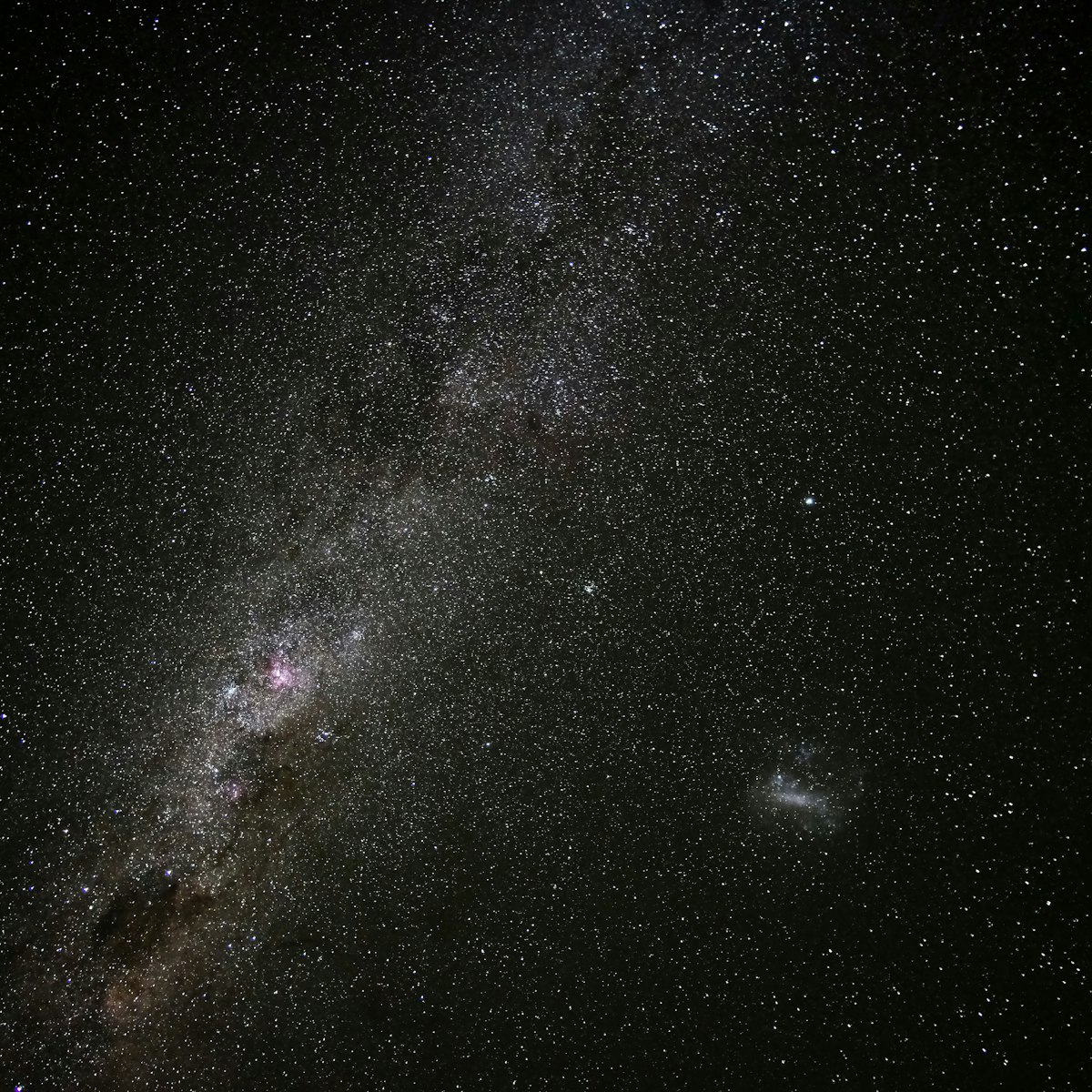Although richly stocked with general historical artifacts, this two-story museum in an 18th-century mansion concentrates on one of La Serena's best-known (and most controversial) sons. González Videla was Chile's president from 1946 to 1952. Ever the cunning politician, he took power with communist support but then promptly outlawed the party, driving poet Pablo Neruda out of the Senate and into exile. Controversy aside, González Videla was the world's first head of state to visit Antarctica (in 1948).
Head upstairs for a look at curios from the past, including 19th-century drawings of La Serena, elaborate saddles and leather boxes, and some rather dangerous-looking drinking horns.

